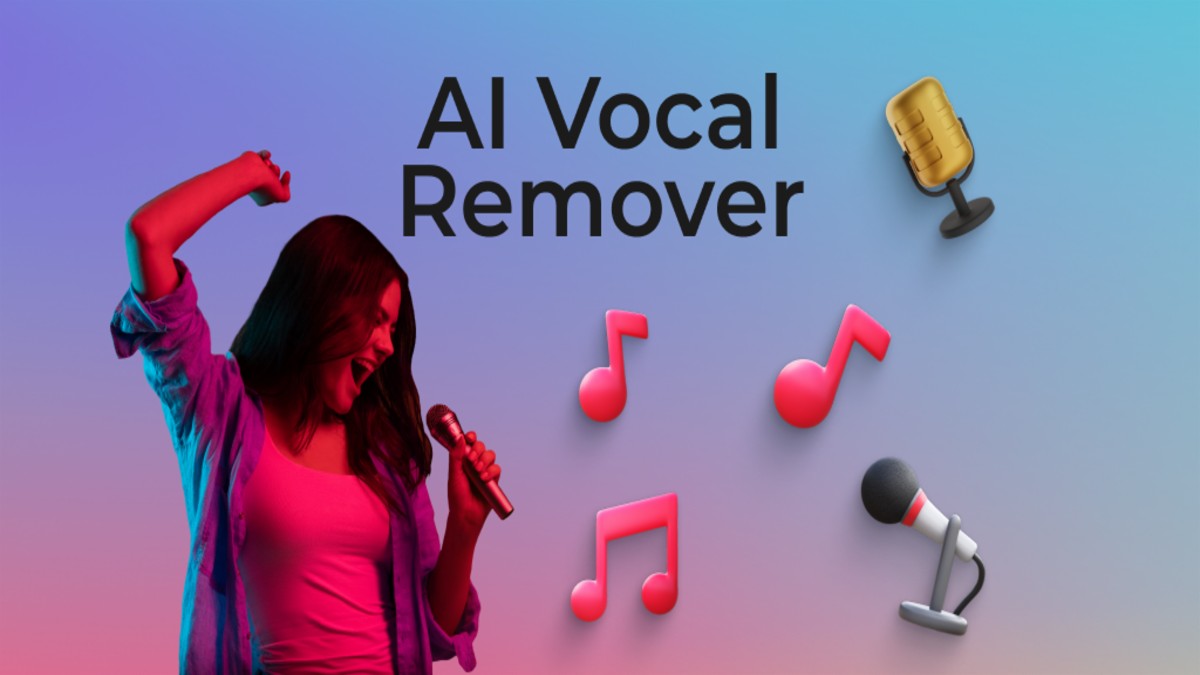Article Body
Introduction
Music production in 2025 is experiencing a seismic shift as AI vocal remover technology takes center stage. With creators constantly searching for efficient, high-quality ways to manipulate sound, these advanced tools now offer unprecedented control over vocal and instrumental tracks. The evolution is not only changing how music is edited but also empowering creators across the spectrum—from amateurs on a budget to top-tier producers—to innovate and express themselves in bold new ways.
Context & Background
The removal of vocals from songs has long been a challenge for musicians and editors. Traditionally, engineers relied on manual techniques or complex audio processes that were time-intensive and often yielded imperfect results. Early vocal isolators used phase cancellation or frequency filtering, both limited in accuracy and prone to artifacts.
With the rise of artificial intelligence, the past decade has seen steady development in music processing algorithms. By 2025, breakthroughs in deep learning have made AI vocal remover tools much more reliable and accessible. These tools now leverage vast training datasets and neural networks to separate vocals from instrumentals with remarkable precision, changing the landscape for content creators globally.
The Main Event/Development
AI-powered vocal remover tools have become a staple in digital audio workstations (DAWs), streaming platforms, and mobile apps. These solutions offer intuitive interfaces—often as simple as uploading a track and pressing a button—while delivering studio-grade results.
Key features include:
-
Real-Time Processing: Remove vocals or isolate stems in seconds.
-
Batch Editing: Process entire playlists for remixes or karaoke.
-
Cloud Integration: Edit directly from cloud storage or export to popular platforms.
-
High Fidelity Output: Maintain sound quality with minimal distortion.
Leading companies such as Audioshake, Lalal.ai, and Spleeter have set industry standards, making vocal removal a routine step in music remixing, mashups, and content creation.
Analysis & Implications
Empowering Independent Creators:
With these powerful yet affordable tools, solo musicians and small studios are no longer at a disadvantage. Creators can access high-end editing functions without specialized hardware or expensive software suites.
Expanding Creative Possibilities:
AI vocal removers let users generate backing tracks for karaoke, remix and sample classics, or practice with professional arrangements. They also support the fast-growing trend of social media music content, enabling easier collaborations and mashups.
Industry Adaptation:
A recent survey indicates that nearly 60% of independent producers in 2025 have integrated AI vocal removal into their workflow, citing time savings and creative flexibility. As music rights management evolves, these tools help editors comply with copyright standards by properly isolating and attributing content.
Expert Perspectives/Voices
Music technologist Dana Reeves explains, “AI vocal removers are democratizing access to advanced editing. For the first time, the same powerful tech used by major studios is in everyone’s hands.”
Producers also note the implications for education. Dr. Li Chao of the Electronic Music Institute observes, “Students can now deconstruct professional tracks, study arrangement and mixing techniques, and remix for learning—all thanks to AI-driven vocal isolation.”
Challenges/Opportunities
Challenges:
-
Copyright and Fair Use: The ease of isolating vocals raises new questions about intellectual property. Platforms and toolmakers must implement safeguards to prevent misuse.
-
Quality Limitations: While much improved, AI tools may still produce artifacts on complex or degraded audio files.
-
Accessibility: Not all creators have access to the fastest hardware or most stable internet for cloud-based processing.
Opportunities:
-
Education & Collaboration: Musicians can analyze, learn from, and build upon existing tracks.
-
Content Monetization: New remixes and covers can open revenue streams for emerging artists.
-
Cross-Genre Experimentation: Isolating and reusing vocals enables genre-blending and innovative projects.
Call to Action/What's Next
Creators are encouraged to explore AI vocal remover technology as both a practical tool and a creative springboard. As advances continue, expect broader integration with DAWs, enhanced real-time features, and smarter copyright detection.
Conclusion & Outlook
The rise of AI vocal remover tools is revolutionizing music editing for creators in 2025. By placing studio-grade capabilities within easy reach, these tools foster innovation, efficiency, and inclusivity in the music industry. As the technology matures, it will play an even greater role in shaping the future of music production and creative expression.


Comments